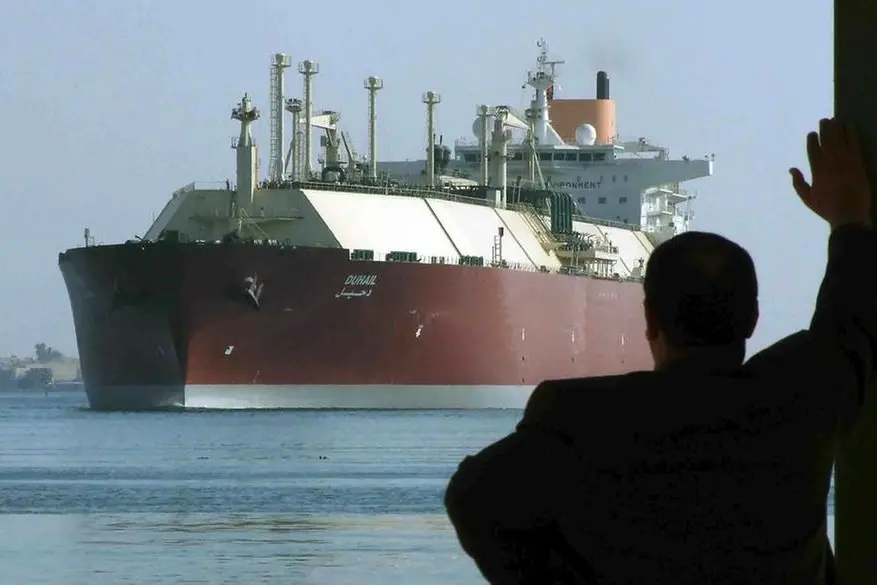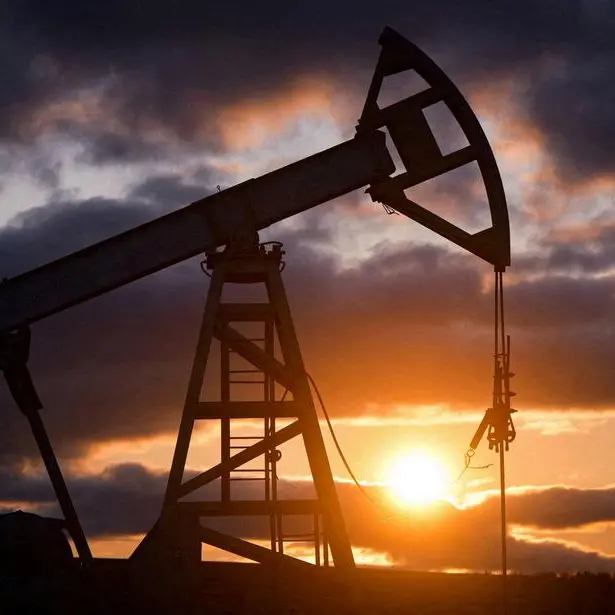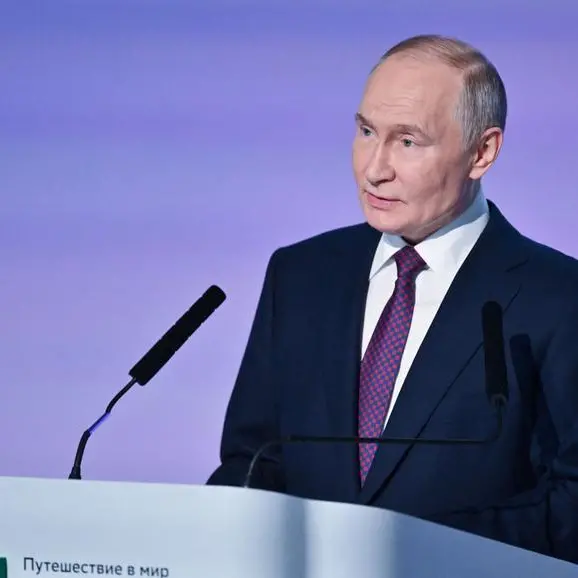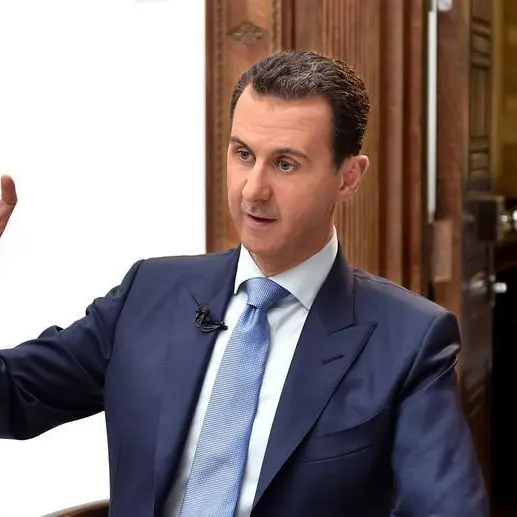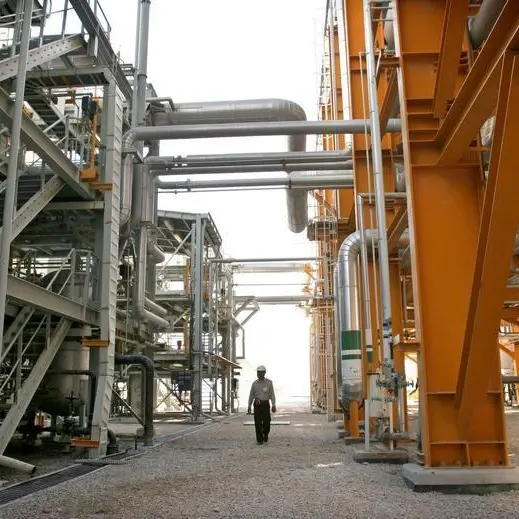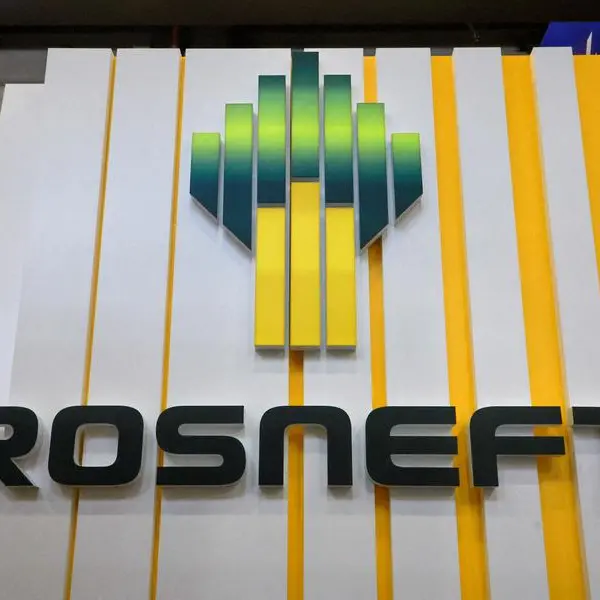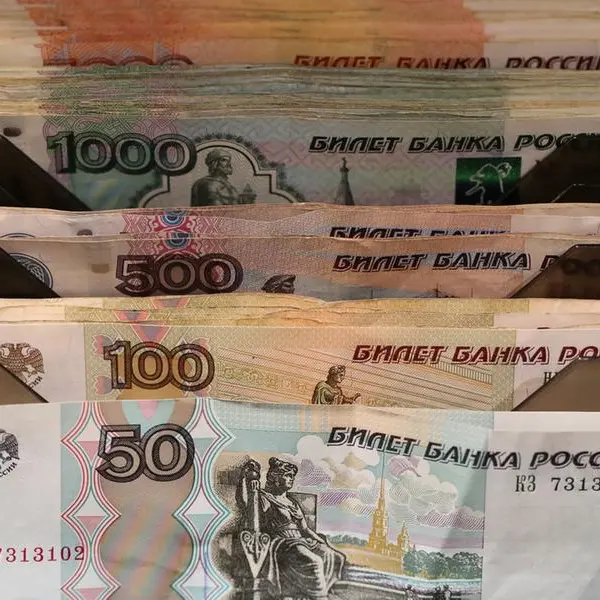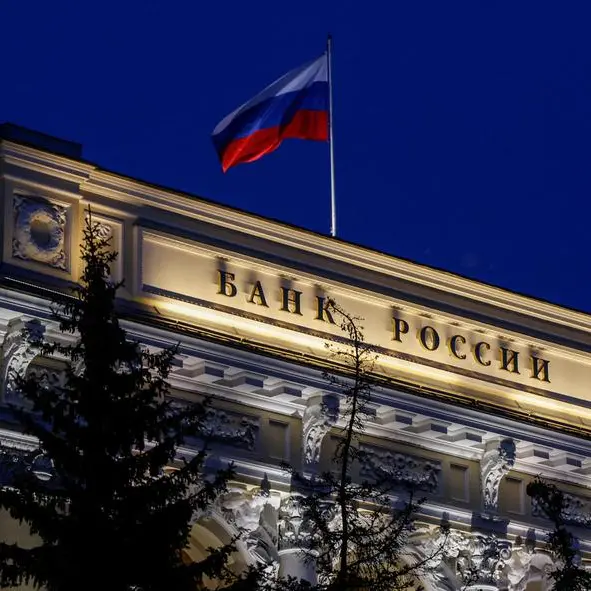PHOTO
Russia is hoping its shipments of liquefied natural gas (LNG) will offset a sharp fall in pipeline gas exports to Europe, but a shortage of gas tankers and sanctions hold back its plans, analysts and industry sources said.
Russia wants to boost its share of the LNG market to 20% by 2030 from 8% now, but a force majeure declaration by top producer Novatek over LNG supplies from its future Arctic LNG 2 project due to sanctions shows the hurdles it faces.
Novatek's announcement comes after the United States last month imposed sanctions on Arctic LNG 2, which is due to start production before the end of this year or in early 2024.
The European Union may also impose restrictions on Russia's LNG exports.
With three trains, Arctic LNG 2's capacity is meant to be 19.8 million metric tons per year and 1.6 million tons per year of stable gas condensate. Its first LNG tankers were expected to set sail in the first quarter of next year, according to Novatek.
But industry sources say that commercial LNG supplies from the project are now expected no earlier than the second quarter of 2024.
Russia is eyeing the Northern Sea Route across the Arctic Ocean to supply the cargoes to the east, to cut the time and cost of bringing its fuel to market.
The route may cut the delivery time to Asia from Europe by as much as 40% compared to the Suez Canal, according to Russian government officials.
But deliveries through thick ice and freezing conditions pose major challenges.
ICE-CLASS TANKERS
According to Novatek, 15 Arc7 ice-class tankers, able to cut through 2-metre thick ice, will be built at Russia's Zvezda shipyard for Arctic LNG 2.
Six more Arc7 tankers were due to be built by Hanwha Ocean, formerly Daewoo Shipbuilding & Marine Engineering, including three ordered by Japan's Mitsui O.S.K. Lines and three by Russia's leading tanker group Sovcomflot.
But three tankers ordered by Sovcomflot were cancelled due to sanctions against Russia, Hanwha has said in regulatory filings.
Sovcomflot did not reply to requests for comment. Hanwha Ocean could not be immediately reached.
Ice-class tankers usually have double hulls - strengthened structures to withstand the pressure of ice - and reinforced propellers.
So far only three suitable gas tankers have been built for Arctic LNG 2, according to public information: the Alexei Kosygin, Pyotr Stolypin and Sergei Witte vessels.
Andrei Klepach, chief economist at state lender VEB, told a gas forum last week that Russia is only likely to have the suitable infrastructure ready after 2030.
"I think it's not only about icebreakers, but the ice-class gas carriers - there are no such vessels yet," he said.
Sovcomflot has said that the timing for construction of the gas carriers for Arctic LNG 2 was delayed by a year and that vessels will only be available in 2024.
Arctic LNG 2 is led by Novatek, which holds a 60% stake. Other shareholders include French energy major TotalEnergies , China's CNPC and Japan Arctic LNG - a consortium of Mitsui & Co, Ltd. and JOGMEC - each holding a 10% stake.
The Russian ministry of transport, Novatek and the Zvezda shipyard did not reply to requests for comment.
(Reporting by Oksana Kobzeva in Moscow and Joyce Lee in Seoul, additional reporting by Gleb Stolyarov; writing by Vladimir Soldatkin Editing by Andrew Osborn and Louise Heavens)
